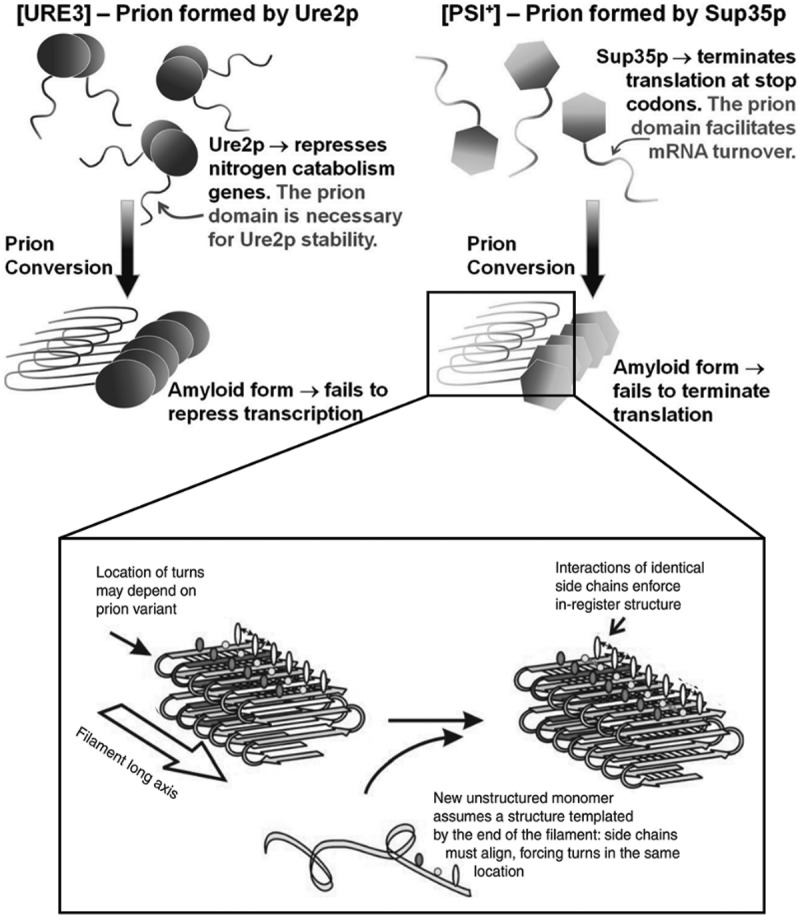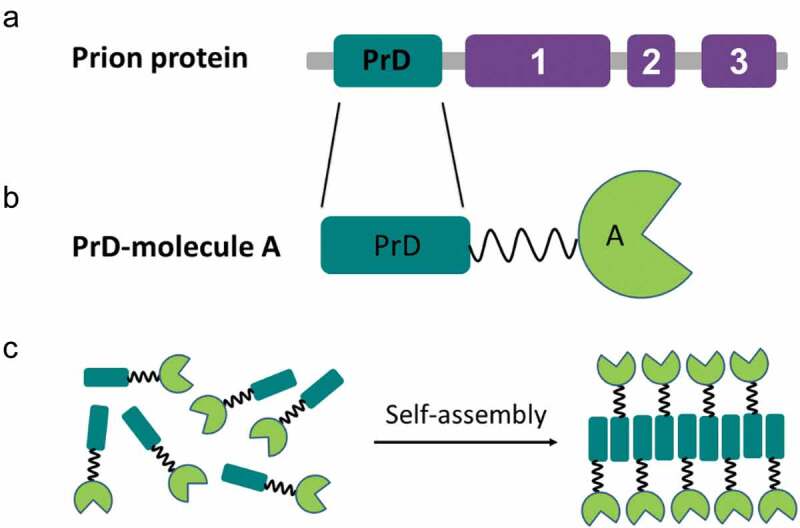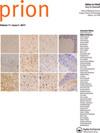Prion domains as a driving force for the assembly of functional nanomaterials.
IF 1.6
3区 生物学
Q4 BIOCHEMISTRY & MOLECULAR BIOLOGY
引用次数: 4
Abstract
ABSTRACT Amyloids display a highly ordered fibrillar structure. Many of these assemblies appear associated with human disease. However, the controllable, stable, tunable, and robust nature of amyloid fibrils can be exploited to build up remarkable nanomaterials with a wide range of applications in biomedicine and biotechnology. Functional prions constitute a particular class of amyloids. These transmissible proteins exhibit a modular architecture, with a disordered prion domain responsible for the assembly and one or more globular domains that account for the activity. Importantly, the original globular protein can be replaced with any protein of interest, without compromising the fibrillation potential. These genetic fusions form fibrils in which the globular domain remains folded, rendering functional nanostructures. However, in some cases, steric hindrance restricts the activity of these fibrils. This limitation can be solved by dissecting prion domains into shorter sequences that keep their self-assembling properties while allowing better access to the active protein in the fibrillar state. In this review, we will discuss the properties of prion-like functional nanomaterials and the amazing applications of these biocompatible fibrillar arrangements.



朊病毒结构域作为功能纳米材料组装的驱动力。
淀粉样蛋白具有高度有序的纤维状结构。其中许多组合似乎与人类疾病有关。然而,淀粉样蛋白原纤维的可控、稳定、可调和鲁棒性可以被利用来构建具有广泛应用于生物医学和生物技术的卓越纳米材料。功能性朊病毒构成一类特殊的淀粉样蛋白。这些可传播的蛋白质呈现模块化结构,无序的朊病毒结构域负责组装,一个或多个球形结构域负责活性。重要的是,原始的球状蛋白可以用任何感兴趣的蛋白代替,而不会损害纤颤电位。这些基因融合形成原纤维,其中球状结构域保持折叠,呈现功能性纳米结构。然而,在某些情况下,空间位阻限制了这些原纤维的活性。这一限制可以通过将朊病毒结构域分解成更短的序列来解决,这些序列既能保持其自组装特性,又能更好地进入纤维状状态的活性蛋白。在这篇综述中,我们将讨论类似朊病毒的功能纳米材料的性质以及这些生物相容性纤维排列的惊人应用。
本文章由计算机程序翻译,如有差异,请以英文原文为准。
求助全文
约1分钟内获得全文
求助全文
来源期刊

Prion
生物-生化与分子生物学
CiteScore
5.20
自引率
4.30%
发文量
13
审稿时长
6-12 weeks
期刊介绍:
Prion is the first international peer-reviewed open access journal to focus exclusively on protein folding and misfolding, protein assembly disorders, protein-based and structural inheritance. The goal is to foster communication and rapid exchange of information through timely publication of important results using traditional as well as electronic formats. The overriding criteria for publication in Prion are originality, scientific merit and general interest.
 求助内容:
求助内容: 应助结果提醒方式:
应助结果提醒方式:


